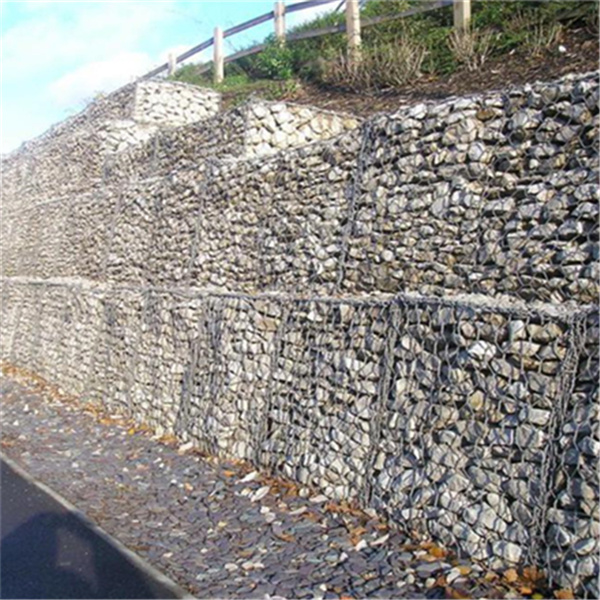Dek . 14, 2024 10:39 Back to list
Innovative Gabion Noise Barriers for Enhanced Sound Insulation in Urban Areas
The Role of Gabion Noise Barriers in China
In recent years, urbanization and industrial growth in China have led to an increase in noise pollution, particularly in densely populated areas. To address this issue, innovative solutions such as gabion noise barriers have gained attention for their efficacy and environmental benefits.
What are Gabion Noise Barriers?
Gabion noise barriers are structures made of wire mesh filled with stones or other natural materials. Originally developed for erosion control and slope stabilization, their application has expanded into noise mitigation in transportation and industrial settings. The design of gabion barriers allows for flexibility, adaptability, and a natural aesthetic that blends into the environment.
Advantages of Gabion Noise Barriers
1. Effective Noise Reduction Gabion noise barriers are designed to absorb and deflect sound waves, making them effective in reducing noise levels from highways and railways. The air gaps and irregular surfaces created by the rocks within the mesh enhance sound attenuation.
2. Environmental Benefits Unlike traditional concrete barriers, gabions are made from natural materials that can harmonize with the landscape. Over time, vegetation can grow within and around the barriers, further enhancing their sound-blocking capabilities and providing habitats for wildlife.
3. Cost-Effectiveness Gabion barriers are generally less expensive to construct than concrete alternatives. The materials used—local stones and wire mesh—are often readily available, which can significantly reduce transportation and labor costs.
4. Durability and Low Maintenance Gabion barriers are highly durable, resistant to weathering, and require minimal maintenance. The natural materials used in their construction can withstand harsh environmental conditions, making them a practical choice for long-term noise mitigation.
china gabion noise barrier

5. Quick Installation Gabion barriers can be assembled relatively quickly. The modular nature of gabions allows for efficient transportation and installation, which can minimize disruptions in urban areas.
Use Cases in China
Cities across China have implemented gabion noise barriers in various settings. For instance, in areas bordering busy highways, these barriers have proven effective in minimizing noise pollution for nearby residential neighborhoods. Additionally, their application in industrial zones has helped to reduce the impact of operational noise on surrounding communities.
One notable project involved the installation of gabion noise barriers along a major transport corridor in Beijing. The barriers not only reduced noise levels significantly but also created an aesthetically pleasing natural landscape that enhanced the area’s overall appeal. Such projects demonstrate the dual benefit of noise reduction while contributing positively to urban beautification.
Challenges and Considerations
While gabion noise barriers offer numerous advantages, there are challenges to consider. The initial setup requires careful planning and design to ensure they are effectively situated for optimal noise reduction. Additionally, the choice of materials is crucial; using durable wire mesh and high-quality stones can enhance the barrier’s longevity and effectiveness.
Another consideration is the potential for wildlife interaction. While vegetation can enhance the effectiveness of the barriers, it is essential to assess how these structures may impact local wildlife populations.
Conclusion
Gabion noise barriers represent a sustainable and innovative approach to mitigating noise pollution in China's rapidly urbanizing landscape. Their effectiveness, adaptability, and environmental integration make them a compelling option for managing the significant acoustic challenges posed by urban development and transportation infrastructure. As cities continue to grow, embracing such solutions will be vital in fostering livable, healthy urban environments where both people and nature can thrive.
-
Understanding Load-Bearing Capacity of Gabion Boxes
NewsJul.17,2025
-
The Importance of Corrosion-Resistant Wire in Gabion Construction
NewsJul.17,2025
-
How Gabion Boxes Prevent Soil Erosion Effectively
NewsJul.17,2025
-
Environmental Benefits of Gabion Cages
NewsJul.17,2025
-
Best Stone Types for Gabion Walls with Steps
NewsJul.17,2025
-
Benefits of Using Rock Gabion Baskets in Landscaping
NewsJul.17,2025
-
The Role of Galvanized Gabion Mesh in Riverbank Protection
NewsJun.26,2025






